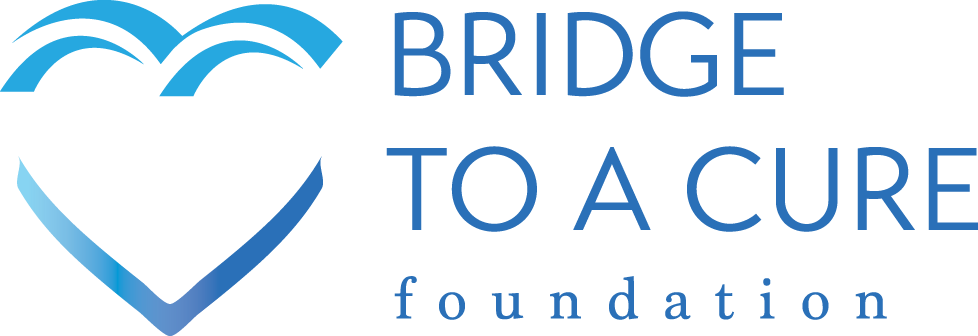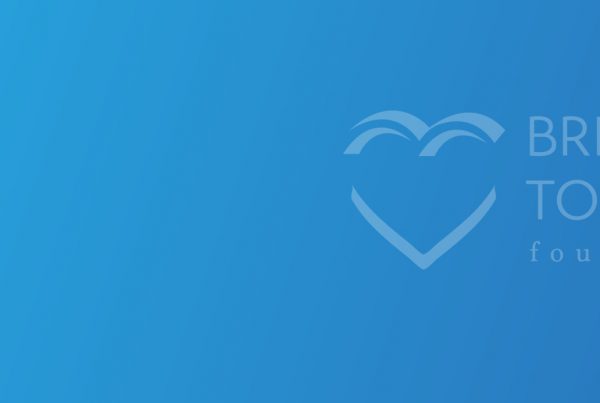Last month we introduced the promising research surrounding immunotherapy, one of three innovative areas of research in the childhood cancer brain tumor landscape in which Bridge To A Cure is investing. We’ve taken a look at the promise of immunotherapy, and we will explore apoptosis in the next article. This topic provides an introduction to the second research area: angiogenesis.
Angiogenesis: Starving the Tumor to End Its Terror
Angiogenesis, the process by which new blood vessels form from pre-existing vessels, has emerged as a promising therapy in the treatment of childhood brain tumors. Cancer cells, like all living tissues, require a constant flow of nutrients and oxygen to grow and multiply. They achieve this by secreting chemical signals that stimulate angiogenesis, forming new blood vessels that feed the tumor.
In childhood brain tumors, the rapid growth and high metabolic demands of the cancer cells force them to rely on angiogenesis, making it a vulnerable point that would allow for inhibiting tumor growth. The strategy to combat childhood brain tumors via angiogenesis involves the use of angiogenesis inhibitors — substances that block the growth of new blood vessels. These inhibitors work by interfering with the chemical signals that tumors use to promote blood vessel formation. By cutting off the tumor’s blood supply, angiogenesis inhibitors can effectively starve the tumor cells, inhibiting their growth and reducing their ability to spread.
Several angiogenesis inhibitors have shown promise in clinical trials for pediatric brain tumors. The use of angiogenesis inhibitors offers several potential benefits.
By specifically targeting the tumor’s blood supply, these treatments can be more selective, sparing healthy tissues and reducing the side effects associated with traditional chemotherapy and radiation therapy.
Additionally, because angiogenesis is a mechanism shared by many types of tumors, angiogenesis inhibitors have the potential to be effective against a wide range of childhood brain tumors.
Despite the promising potential of targeting angiogenesis in childhood brain tumors, there are challenges to overcome. Tumors can develop resistance to angiogenesis inhibitors, making it necessary to develop a combination of therapies that target multiple pathways involved in tumor growth and blood vessel formation. It’s also important to consider the safety and effectiveness of these treatments in children, who are still growing and developing. This requires careful consideration and ongoing research. Angiogenesis presents a promising avenue for the treatment of childhood brain tumors, offering a targeted approach that could improve outcomes and reduce side effects for young patients.
Ongoing research and clinical trials are crucial to overcoming the challenges associated with this approach, paving the way for new, more effective therapies in the battle against childhood brain cancer. Bridge To A Cure wants to accelerate progress in this area via a research initiative that draws on the databases now available and the analytical/diagnostic capabilities of artificial intelligence. The goal is to replace the horrific standard of care in place today with an approach that is nontoxic and that cures.






